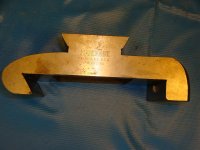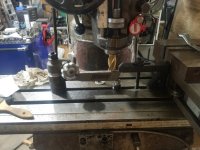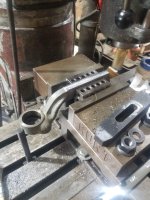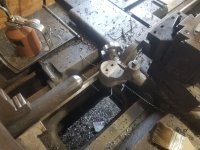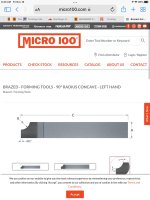ronnrwb
Plastic
- Joined
- Jan 10, 2014
- Location
- Klamath Falls Oregon
I have a project coming up turning some titanium baffles for a form1 suppressor build. I have never messed with titanium before. I also have new to me a Hardinge hc chucker that I was thinking about using being multiple parts and machining steps are needed. My idea is to machine an emergency collet to hold the part. The cones on the baffles are going to have a 3/8" radius. I was thinking of using a corner radius endmill to machine the inside of the cone and a carbide radius tool bit for the outside of the cone. Having never cut titanium will this work? If so will c2 carbide like used for aluminum work? Is there a radius cutting attachment for the chucker that would work better if I could find one? Any advice would be appreciated. Thanks



